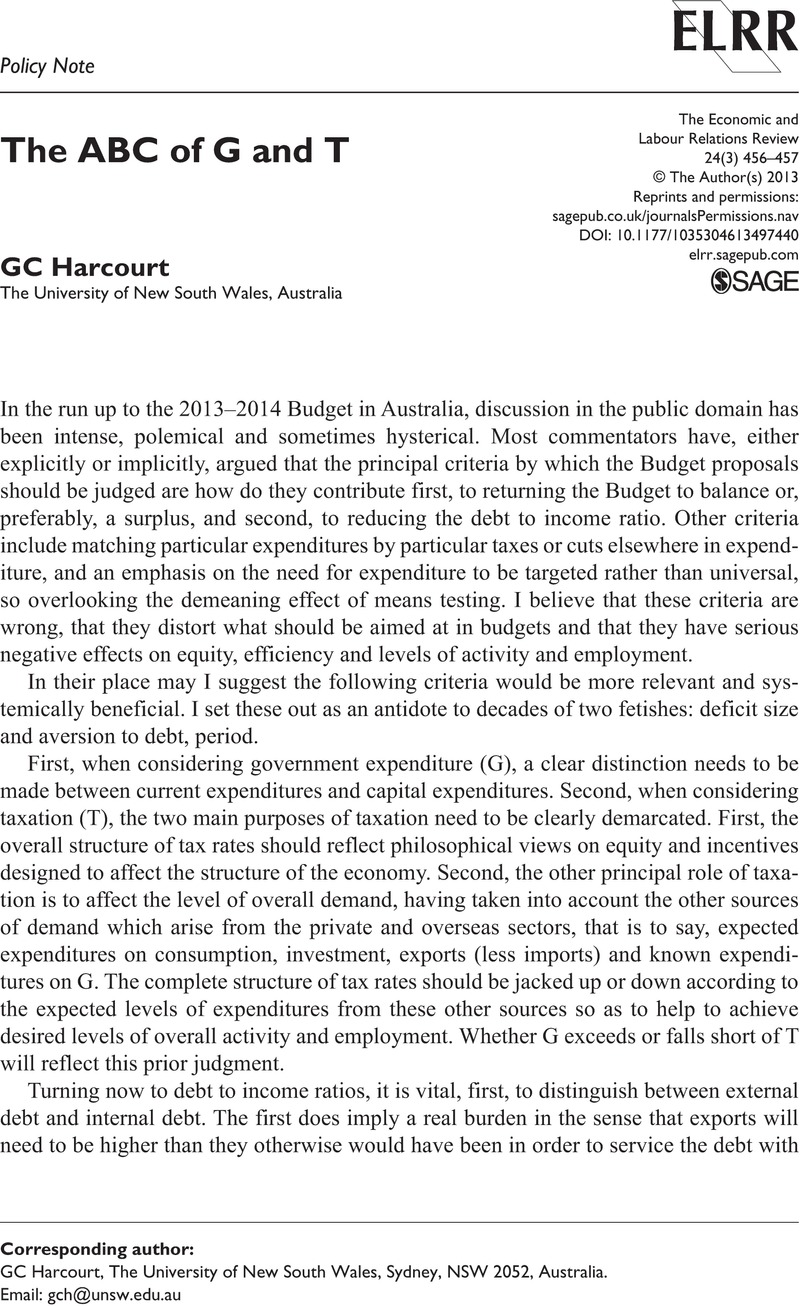Crossref Citations
This article has been cited by the following publications. This list is generated based on data provided by Crossref.
Harcourt, G.C.
Kriesler, Peter
and
Nevile, John
2013.
Why Myths in Neoclassical Economics Threaten the World Economy: A Post-Keynesian Manifesto.
SSRN Electronic Journal,
Nevile, JW
Harcourt, GC
and
Kriesler, Peter
2015.
Macroeconomic Policy for the Real World: A Post‐Keynesian Perspective.
Economic Papers: A journal of applied economics and policy,
Vol. 34,
Issue. 3,
p.
108.
Armstrong, Phil
2019.
Keynes’s view of deficits and functional finance: a Modern Monetary Theory perspective.
International Review of Applied Economics,
Vol. 33,
Issue. 2,
p.
241.
Cornish, Selwyn
and
Hawkins, John
2022.
Geoffrey Harcourt (1931–2021): His Life and Works.
History of Economics Review,
Vol. 81,
Issue. 1,
p.
8.



